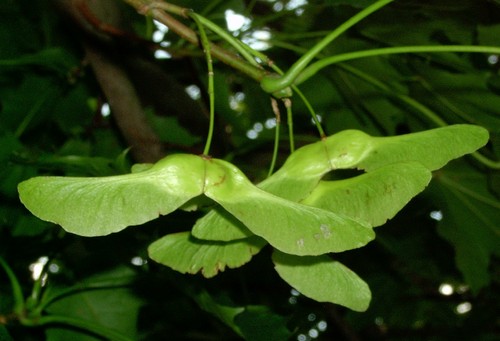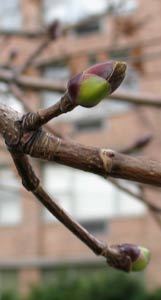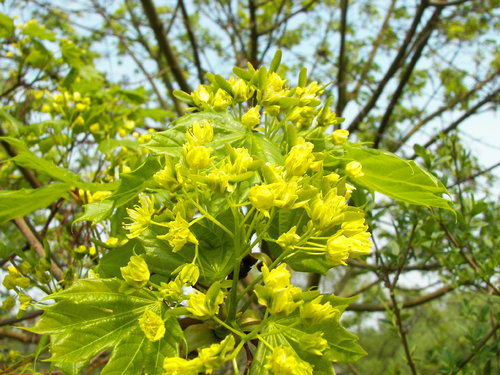Norway Maple : Identification
“To dwellers in a wood, almost every species of tree has its voice as well as its feature.”
- Thomas Hardy
Norway maples are a medium-sized shade tree that are typically between 40 and 50 feet, but can reach 90 feet tall and 40 feet wide. The Norway maple is a deciduous tree; it will turn a yelloow color, and then shed its leaves in the fall. In addition, ugly spots tend to show up on Norway maples leaves in late summer and fall, different fungi from the genus Rhytisma cause these black spots. The fungi causing these 'tar spots' to develop is not deadly to the Norway maple. These spots do give the Norway maple an ugly look in fall, unlike the colorful fall foliage of Sugar maples.
The leaves of a Norway maple are broader than they are long. They range from four to seven inches, are palmate in structures, and grow in pairs opposite each other on their stems. The leaves have five to seven lobes with large but few teeth. The leaves are commonly green, but some trees have been cultivated to a dark red leaf color.
Norway maple samaras, differ from those of a Sugar maple’s in that they grow in oppositely arranged pairs at a spread of 180 degrees while Sugar maples samara’s wings are at a 45 degree or 90 degree angle. The samaras of the Norway maple are one and a half to two inches, much larger than those of the Sugar maple. Winter buds of the Norway maple are also much larger than a Sugar maple’s. Norway maples reproduce in two ways. One, they can expand from the root of the parent tree, and two, their samaras are dropped and drift to new areas to try and germinate.
The tree is an angiosperm, which means it is a flower-producing tree. It blooms in late April, early May, and has greenish-yellow flowers. These greenish-yellow flowers are pollinated by insects and mature into the new seeds called winged samaras, or keys.




